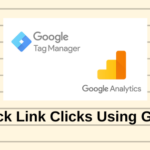- January 2, 2022
- by Diet SEO India
- SEO
- 0 Comments
Table of Contents
- Keyword Discovery
- E-commerce SEO URL & Website Architecture
- On-page Tips & Tricks
- Schema Markup
- Technical SEO
- Seasonality Factors in SEO
- Content Marketing
- Off-page Link Building
If ever you’ve wanted a one-stop destination for everything you ever wanted to know about SEO in 2022, this guide is for you. The guide provides a spectrum of pointers, from optimizing your e-commerce website to SEO building using keywords. This guide will not only help you understand the ins and outs of E-commerce SEO, but also help you gain traction on the internet. It will help you acquire customers that will also ensure a high return rate. Without further ado, let us dive deep into the guide.
WHY IS ECOMMERCE SEO IMPORTANT?
You must have asked yourself whether your website needs SEO. The statistics below will you give a clearer picture:
- 44% of internet users start their ecommerce shopping experience by doing a Google search.
- In the US alone, 53% of the consumers make decisions based on organic searches.
- 23.6% of orders on ecommerce websites are due to organic traffic.
- 37.5% of traffic to any ecommerce website comes directly from search engines.
- Mobile traffic accounts to 70% of all online organic transactions.
Armed with such vital statistics, it is only naive to ignore E-commerce SEO. Let us deconstruct some of these game-changing strategies and see for ourselves how Ecommerce SEO is important.
1. Researching the right keywords for your E-commerce website
This is perhaps the foundation for ecommerce SEO. This affects every single SEO related task on your website. It helps from optimizing products and services to influencing the technical SEO since the URL of your site and the architecture need to take the keywords into account. Most keywords are informational keywords, although one should actually focus on product keywords. For example, “how to make woolen gloves” can be an informational keyword but “handwoven woolen gloves” is a product keyword. Now that we have seen how important this is, let us see a few methods
- Amazon Suggest:
Being the largest ecommerce website on the planet, you can search on their search engine and see the type of results returned. While they may be one of the largest competitors for all ecommerce sites, they are also a fine example of how they should be run. Heading over to Amazon, and typing in a keyword of the product returns a bunch of recommended searches with the proper keywords. You can use this technique for your product. These keywords, also known as long-tail keywords, are highly targeted and are less competitive.
You can follow the same approach with all of your products on the website.
- Ahrefs Keyword Explorer:
Ahrefs is well known to be the tool of choice for link-building and link-analyzing experts, but what many do not know is the set of cool features it has for exploring keywords and relevant topics. For a given keyword search, Ahrefs would return its local and global search volumes, Keyword Difficulty in that specific country, matching terms, related terms, related questions, SERP trends and many more.
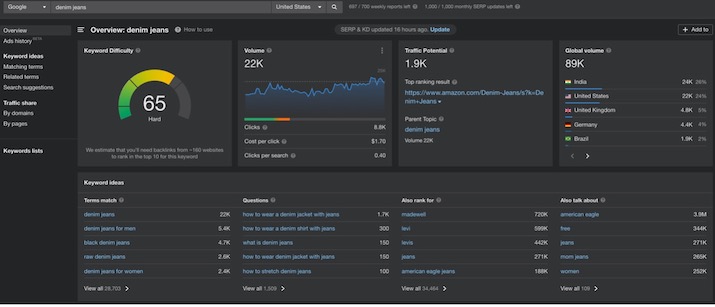
- Categories of Competitor Ecommerce Websites:
Categorizing your products and optimizing search results around random keywords is usually the go-to strategy for most ecommerce owners. Mostly, keywords of categories are less than ideal to convert search results to sales. This is because the keywords used can be wrong. One way to beat this is by copying or using a competitor as a reference and categorizing your product into the right department. For example, if you are using Amazon as a reference, then hover over their department link and see the dropdown of all the product categories listed. This may give you a starting idea as to how you can categorize your various products into different sections.
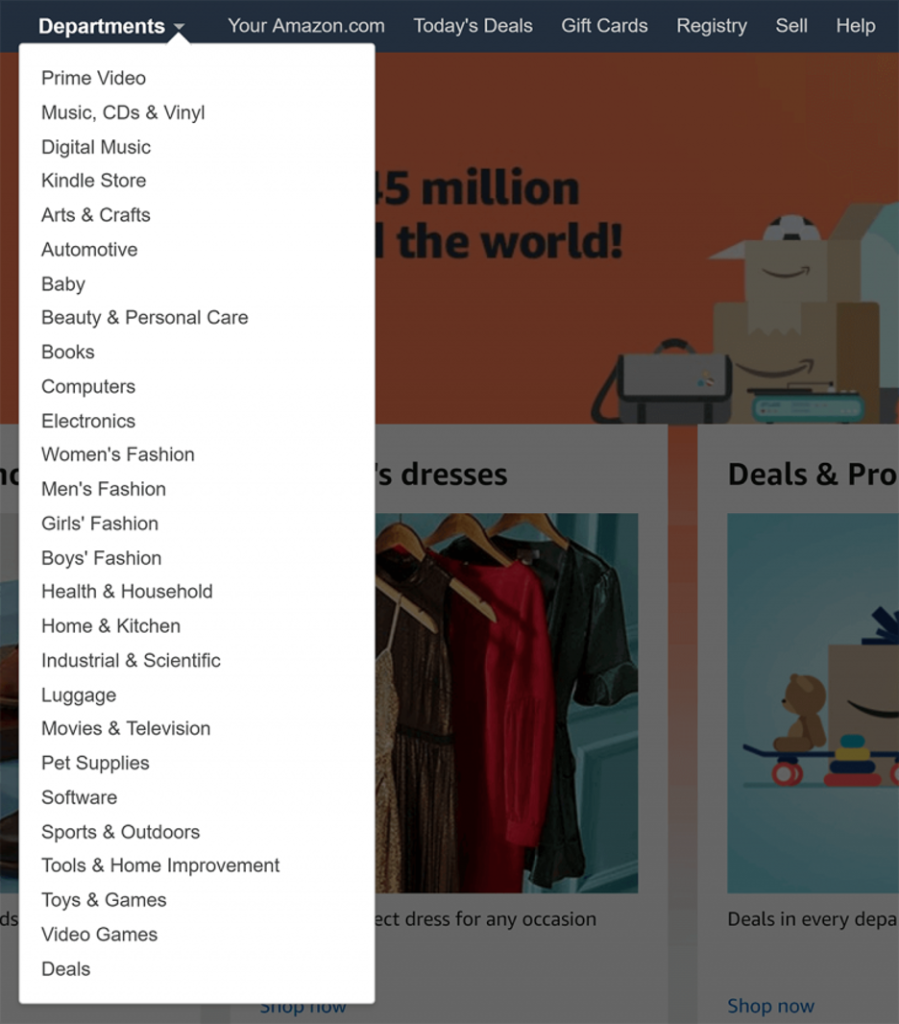
If they are too broad for your website, then you click on the subcategories and view the results to see if they match your categories.
You can also view all of Amazon’s departments by going to the list of departments. Here, we can find category-focused SEO keywords that are definitely bound to convert your product into sales. If you have a unique keyword, try to append it to the existing SEO-centric keyword that you found. This will help you put your product out better without sacrificing the uniqueness of your product. You can also check out other niche websites, if not just Amazon.
- Wikipedia
This is perhaps most expected but unpredictable as a powerful tool for SEO-centric keywords. You can enter keywords in Wikipedia and return the same as search results to get the right keyword. Usually, you can see that there are a bundle of synonyms or other words that one can use to describe an item, say a backpack. You can also view the table of contents to get a solid idea of writing keywords.
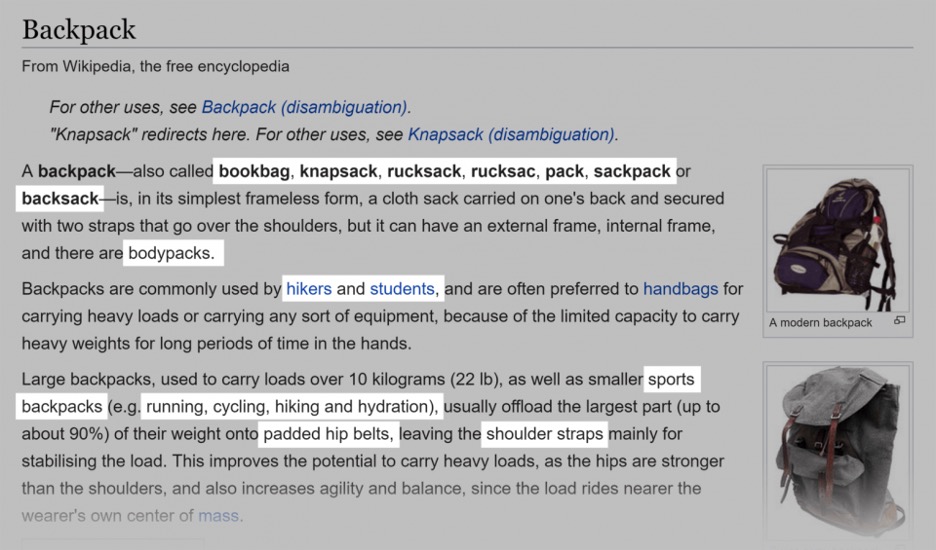
- SEMRush:
Another tool that is reliable and powerful is SEMrush. Unlike generating competitive keywords for your ecommerce website, it helps you view the keywords that your competitors rank on. This is important in understanding the kind of keywords people are using to get better sales.
To use this, first, you need to enter the competitors’ ecommerce websites name in the search description. Then, you click on the organic research tab at the side. This will return all the keywords used by your competitor as well as the ranking for the same. You can also squeeze out every keyword used by your competitor by viewing their report generated by SEMrush. Another striking feature of SEMrush is that it also shows a list of other competitor websites that have used similar keywords and shows their rankings as well.
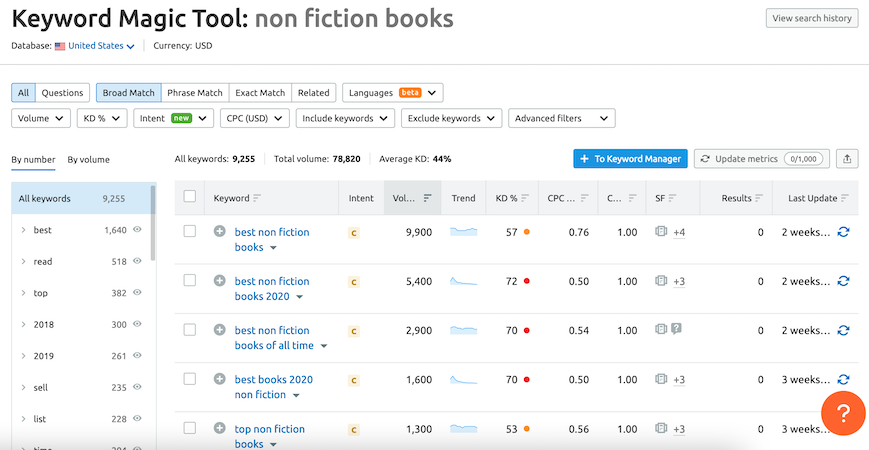
- Google Keyword Planner:
Google Keyword Planner is perhaps decent at being one of your go-to tools for ecommerce SEO. Although this is a popular tool, it is not half as good as the ones mentioned above. For example, if you type a keyword in the search box, it will return a bunch of related keywords that may or may not be half effective. Despite these search results, there are the occasional keyword results that are unique to your product as well as have a high keyword rank in the search engine. This helps in figuring out the right keyword for your product.
2. E-commerce SEO Website & URL Architecture
You may think that keyword density and optimization is one of the strongest pillars for standard ecommerce SEO. While you are correct, there are other important aspects such as ecommerce SEO website architecture. Basically, this is how the site pages are structured and organized under your web domain. While this is important for any site, this is most important for ecommerce sites. This is because most ecommerce websites have a minimum of double the pages when compared to a normal website or blog sites. With such a large number of pages, it is imperative that your website has the right organization and structure.
The Golden Rules of an e-commerce site architecture:
1 – Keep every page of the site scalable and simple.
2 – Keep every page three or four clicks away from the homepage.
A wrong site architecture can look like this:
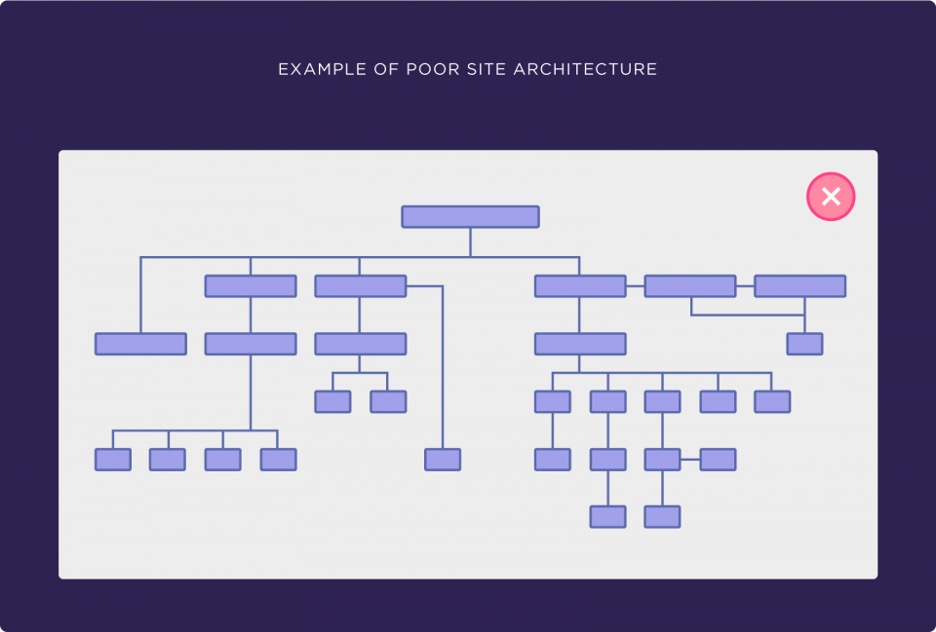
Firstly, the above image is not simple to understand and the logic is incomprehensible. The second is that it is not scalable. To add another layer, one should strip down the existing layers and add a bunch of other layers before reaching the desired one. This is not cost-efficient and ineffective to scale.
The right kind of architecture can look like this:
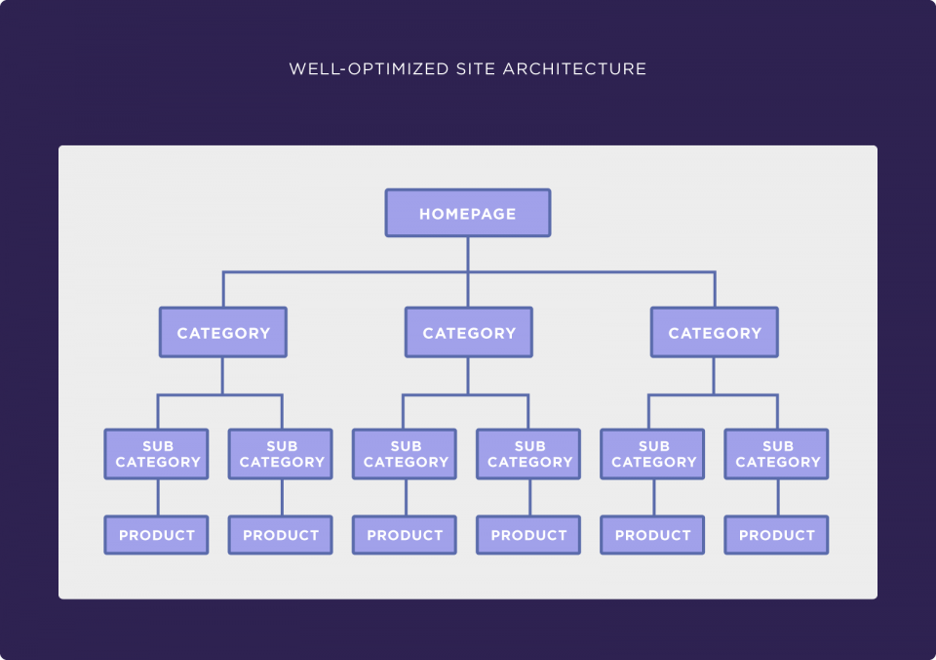
This is an example of how most of the end of the pages are only two or three clicks away from the homepage. This is also an example of how these pages can easily be scaled or modified to another layer or new category.
You can view that the link authority exists up to the site’s product and category pages. Most of these can be concentrated, which can help Google rank these pages and index them as well. A classic example is Amazon, where they rank all their pages so high in the Google search results that their products, no matter how trivial, are the first one to be found on Google. This architecture is not only easy to index and site, but users will have a great user experience in finding the right products and returning to various pages with minimal clicks. Another example is Petsmart. They not only have easy indexing to do but their link authorities exist up to only the sites products and categories.
URL Structure
It is to be noted that the website’s URL Structure should be consistent with the hierarchy in the site architecture. Google allows a maximum of 6 levels within the URL, or a maximum of 6 clicks from the homepage. The ideal URL structure is recommended to have the structure as Home/Category/Sub-category/Product.
3. On-Page Ecommerce SEO
Once you have the ecommerce SEO site architecture set up, it is time to optimize the category as well as product pages. This is where most of the site’s traffic is generated. Here, the keywords are optimized to tailor the user’s search results. This enhances better search to sales conversion than most other instances. For example, searching for “Reebok Running Shoes size 11” is bound to result in a purchase more than “Reebok Shoes”.
We shall demonstrate how to do this via an image:
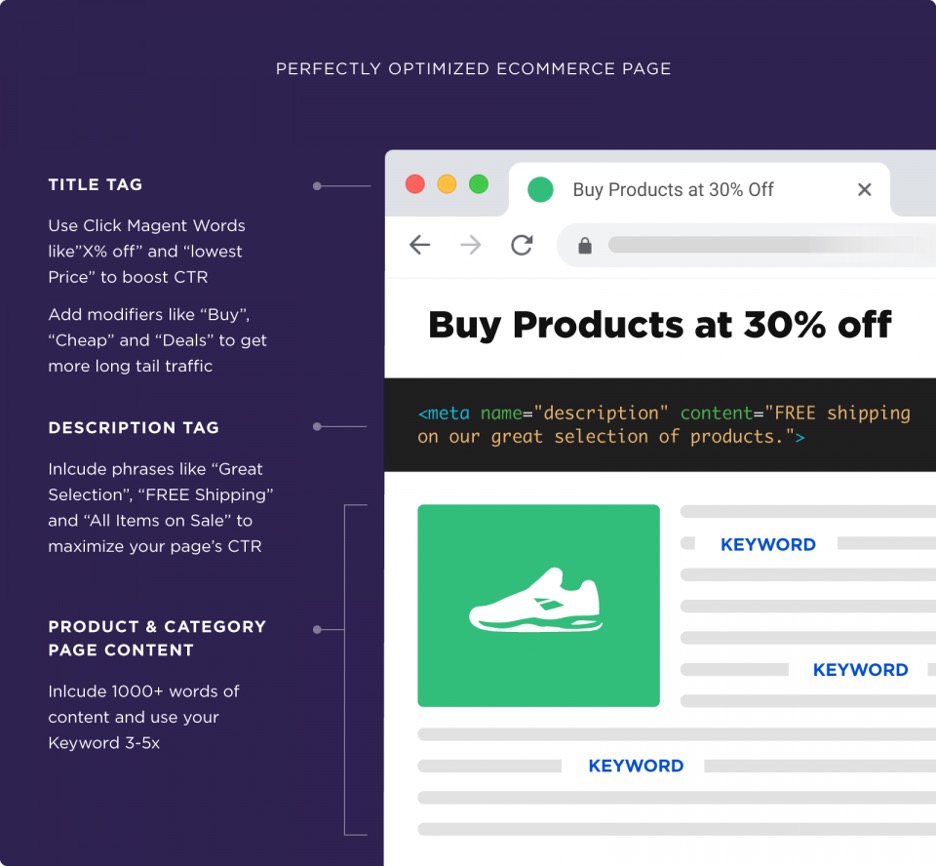
We shall break each of these tags down to understand them better.
a. Adding long-tail keywords and modifiers to the site’s title can ensure better outreach. Some of these can be words like “best”, “cheap”, “free shipping”, and more. Adding them to the title can also rank you higher.
b. Using magnet keywords such as “X% off” and “Best Deals” are also bound to attract customer attention and convert searches to sales.
c. Another stellar feature is to add the right phrases to description tags such as “Free shipping” and “All items on sale”. This meta description can be added to the HTML page and can contain around 320 characters, which is optimum to result in higher ranks in Google search. Some of these can be “Get the best price on X item” and “Last Minute Sale on X item”.
d. Writing lengthy product descriptions and mentioning the keyword 3-5 times is perhaps one of the most important e-commerce SEO techniques to get your product out there. Longer content tends to rank higher in Google Search results and everything you need is mentioned in those 1000+ words descriptions. This not only helps you put your long-tailored keyword out there but also helps in enabling Google to understand your product better and rank it accordingly in the search results.
4. Schema Markup
Code that allows the search engines to output sample information directly into the SERP is termed as Schema Markup. This helps your client latch onto specific information about your product or services that are essential. This may also shed light on ratings and reviews of the product or service.
The Markup Validator of schema.org is one of the best tools for testing online reviews. This website also has the full list of Schema markups, including all the new ones introduced by Google during the Pandemic in 2021.
Alternatively, you could paste your code into Google’s Rich Results Test page to check for accuracy. In the context of e-commerce, the following schemas are the most important to be added:
- Product schema
- Breadcrumb schema
- Organization schema
- Blog schema
- Sitelink search
To know more about all the important Schema markups along with examples, refer Diet SEO’s blog on Essential Schema Markups.
5. Technical SEO
This is very important and makes keyword indexing redundant if not rightly done so. The first step is to do website crawling. This is similar to performing a spider search that a search engine does. Unlike a search engine, a website crawl will detect errors, such as error 404 pages and more.
This helps in creating a diagnostic report of your website and generates a proper hierarchy of the same. If your website hierarchy is similar to that of a maze, a website crawling tool will help you find all the dead ends and index it easily for search engines to find the content you want accordingly.
For performing an SEO Audit, we recommend the use of Screaming Frog. You could also contact our Expert SEO Consultants to schedule a complete audit for your website.
6. Seasonality Factors in SEO
This is also extremely important for E-commerce SEO, but most companies are yet to understand this properly.
Seasonality in the context of E-commerce SEO refers to seasonal variations in buyer behaviour. The number of searches for a given product could be high in some months and low in some months. In some other months, the searches might not be influenced much, but depending on the keyword, the searcher might be more interested in information about the product than in actually buying it. In such cases, even Keyword Ranks could be slightly influenced by seasonality, as there would be a priority difference between informative and CTA pages.
The total performance of an e-commerce website may be understood as the sum of performances of its constituent categories. As each of these categories might have its own seasonality, the performance of the brand as a whole should not be assumed to follow a single seasonality factor. In other words, as different types of products are SEO-optimized at different rates, the trend of the overall website performance would become less reliable to be used for Business Intelligence and Forecasting.
The simplest way to understand seasonality is to take the set of performing keywords, check their monthly Search Volume trends, and also check long term trends using tools like Google Trends. When the searches for a given product increase, naturally its ranking page’s performance would also increase.
To measure the exact impact of Seasonality on a landing page, one should measure the difference between the current actual performance of the page, and the performance that would have been there if the search volumes for the ranking keywords had not changed.
7. Content Marketing
Creating unique and attractive content might not be an easy task in e-commerce, but is very important in SEO. It is often said in the industry that having multiple products with the same description would lead to penalization by Google. This is untrue. However, when different pages have almost the same content, it becomes hard for Search Engines to distinguish between the two and decide which one of them to rank. Where there is clarity of intention behind the existence of the exact page, the algorithm tends to give a ranking boost. But remember, unique content isn’t everything. The content should be relevant, attractive, target the right keywords and have links at appropriate pieces. This is applicable to product pages, category pages as well as support pages like blogs, etc.
When it comes to blogs, it is recommended that content is built on similar topics that could be siloed together by categorization and internal linking, so that there is topical authority built. The traffic should also be guided properly, keeping in mind which part of the funnel the target keywords/page belongs to. Obviously, we wouldn’t want a person with buying intentions to miss out on the chance to visit our product page after reading the informational article. CTAs play a very important role here, and almost every top brand makes great use of them.
Finally, it should be remembered that text isn’t everything. Static images, Gifs, Infographics, Videos, etc. all play an important role in attracting visitors. Content could be presented in shorter forms, or in a different way, or even be completely remarketed through another medium. Doing so would ensure that all the possible touchpoints of the potential customer are taken care of.
8. Off-Page Link Building
Off-page Link Building helps create a resource of several types of backlinks to ensure a high level of ranking potential as well as maintaining a natural link profile.
Some of these are:
– Branded Home Page
– Deep Links to affiliate pages such as blog posts
– Category Page Links
A versatile bunch of backlinks ensures that overall risk is reduced and waters down the imprint of your backlink program. On the other hand, it also ensures that your overall SEO Strategies are supported because there are three different types of links going to a search index.
For example, home page links pass down through the inherent site architecture. Deep links help index long-tail keywords which are passed through the search engine spider.
Your best bet lies in the direct category page as they yield more results. However, they are hard to earn on a natural front.



